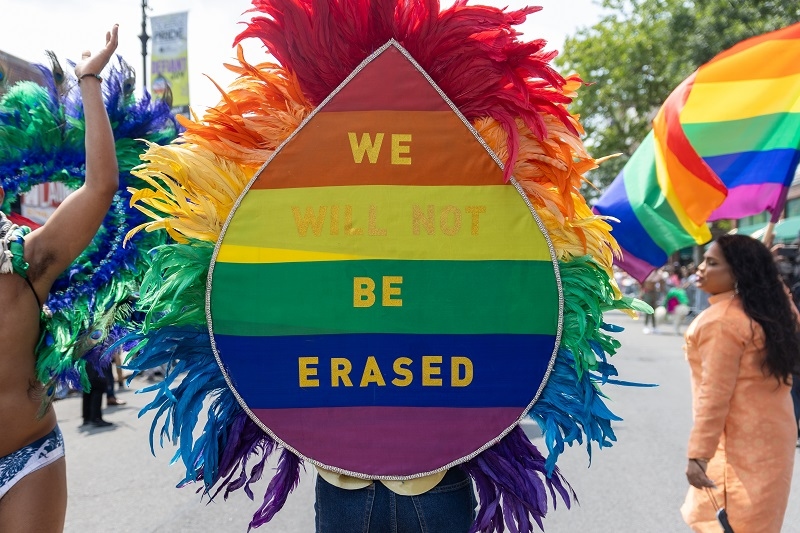Gay-Friendly Hot Spots Route 66

According to various in-the-know sources, there are a lot of gay-friendly hotspots in the US. A few of them may seem quite strange and even unbelievable. This one actually makes sense when you think about it. In fact, if you like driving and searching for kitsch and camaraderie this one won’t really surprise you at all. What we’re saying:
“If you ever plan to motor west/
Travel my way, take the highway, that's the best/
Get your kicks on Route 66.” -- Nat King Cole
No doubt you have heard the above classic cut about the famous “Mother Road”. It runs through places like St. Louis, Oklahoma City, Amarillo (with its surprsingly noteworhty gay scene) and Flagstaff. It’s a now famous trek that begins in Chicago, Illinois and ends in Los Angeles, California.
U.S. Route 66 is known by several different names. It is referred to as “US 66”, “Route 66”, the Will Rogers Highway and the Main Street of America. What you might not really stop to consider is how gay-friendly a road trip this could be.
Jason Heidemann associate editor of Orbitz was again happy to confirm things. He agrees that driving Route 66 is more than the quintessential “American journey”. It's one of “the campiest road trips” you could take and is included on his "10 Hottest Gay Detinations For 2016" list.
After all, where else would you be able to check out the world’s largest cross, rocking chair and ketchup bottle? This rainbow-ready ride also comes complete with lots of “roadside kitsch” like the Blue Whale of Catoosa, the Cadillac Ranch, tons of tacky souvenir stops and plenty of gay bars such as Sassy's in Amarillo, Texas and New Mexico's Effex and Sidewinders. Perhaps most importantly, the 2,448 mile pilgrimage begins and ends in two top “gay meccas”.
Even the blacktop itself has an interesting origin. This Chicago-to-L.A. route was one of the first original U.S. highways. It was given its numerical designation in 1926 in Springfield, Missouri.
The original route began in Chicago, Illinois, then ran through the states of Missouri, Kansas, Oklahoma, Texas, New Mexico (a favorite retirment location for same-sex couples) and Arizona. It ended in Santa Monica, California. It was the main migratory route west during the 1930s Dust Bowl era. The economies and communities along the popular highway thrived.
Although it was officially removed from the U. S. Highway System in 1985, sections of the route that run through California, Arizona, New Mexico, Missouri and Illinois have since been designated an official National Scenic Byway under the moniker "Historic Route 66". The World Monuments Fund put Route 66 on their World Monuments Watch list in 2008 because a number of sites (including cafes, drive-in movie theatres, gas stations, motels and trading posts) were/still are in danger from rural decay or urban development. Tourists can find a list of 100 individual historic sites on The National Park Service’s Discover Our Shared Heritage Travel Itinerary.
The website PurpleRoofs.com confirms that the trip has a special appeal to their gay clientele. Route 66 has become a part of American pop culture. It was immortalized in the above-quoted hit song "(Get Your Kicks on) Route 66" as well as the 1960s TV show Route 66. Perhaps most recently Pixar’s creative director, John Lasseter, said a 2000 road trip actually inspired their 2006 animated motion picture Cars which features the story of the fall of the once-thriving Radiator Springs. (Radiator Springs fell on bad times because the town’s “mother road”, the famous US 66, was bypassed by the newer Interstate 40.) Interestingly, the animated film’s success created new interest in Route 66. It remains a worthy trip today; so go get your kitsch on Route 66.
(All images courtesy of the original owners unless otherwise indicated.)


























